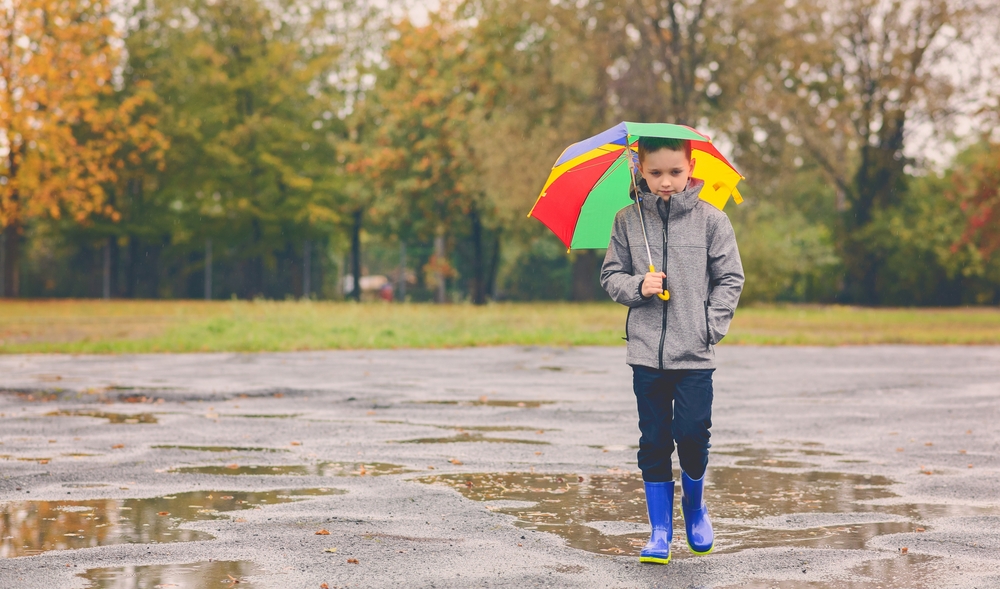The short, dark days of winter can take their toll on our mood and well-being, and kids are no exception.
This article looks at some strategies that schools can use to combat the winter blues and promote student well-being until spring rolls around.
What are the winter blues?
The winter blues are all too common, with many experiencing a change in mood during the chilly, dark days. This can often result in people feeling out of sorts.
The main culprit is a lack of sunshine during autumn and winter. This can lead to several issues, including:
- Disruptions to your internal body clock, also known as circadian rhythm, which helps regulate your sleep/wake cycle
- Falls in serotonin, a neurotransmitter that controls mood
- Changes in melatonin, a hormone linked to sleep and mood
Some common symptoms of the winter blues include a lack of energy, difficulty sleeping, feeling less sociable than normal, and a low mood.
If these symptoms become debilitating and start affecting important aspects of your life, such as your relationships with others, you may be suffering from Seasonal Affective Disorder (SAD).
Ways to combat the winter blues
When curling up and hibernating just isn’t an option, there are several steps that schools and students can take to support health and well-being. These include:
1) Keeping active
Regular exercise is a must when it comes to fighting the winter blues. Research shows that there’s a strong connection between exercise and mental health, with even just 15-30 minutes of exercise a day going a long way towards boosting mood.
Schools should encourage kids to get outdoors in their lunch-break, for example, and schedule physical education classes to take place outside, where possible, to maximise sun exposure. This will increase vital neurotransmitters that help regulate circadian rhythms and energise the brain.
Installing a playground canopy in your school grounds will also mean there’s always a dry area for students to retreat to!
2) Eating healthily
Reaching for comfort foods and refined carbohydrates, like you might find in foods like white bread and pizza, for example, can make you feel even more sluggish during the winter months. This is due to these foods causing unhealthy spikes in blood sugar level.
Opting for complex carbohydrates instead, such as non-starchy vegetables and whole grains (like brown rice, bran and oatmeal), as well as nuts and fruits can help boost your energy levels.
Eating foods high in vitamin D is another sensible choice in winter. Fatty fish, such as tuna and salmon, are good examples of this.
Schools can help to support kids to eat healthier by ensuring they provide healthy choices in the school canteen, including food such as whole-wheat pasta, pulses and veggies.
3) Improving school lighting
Classroom lighting can also have a significant impact on students’ circadian rhythm. Therefore, the quality and colour of lighting in schools also has a role to play in how mentally-focused kids are during the winter months.
Studies on energy-efficient LED lighting have reported that lighting with a blueish tone has been shown to reduce sleepiness and have a positive effect on kids’ mood. It also typically reduces a school’s lighting bill by 70-90%!
These are just a few ideas that schools can consider to help boost students’ spirits until spring returns.
If you’re interested in learning more about how equipment can help your school support student health and well-being, contact our friendly team.


